According to K. Ridolfi, the picture was in the collection of the Muselli in Verona and was considered the work of Titian. In the second half of the XVII century,
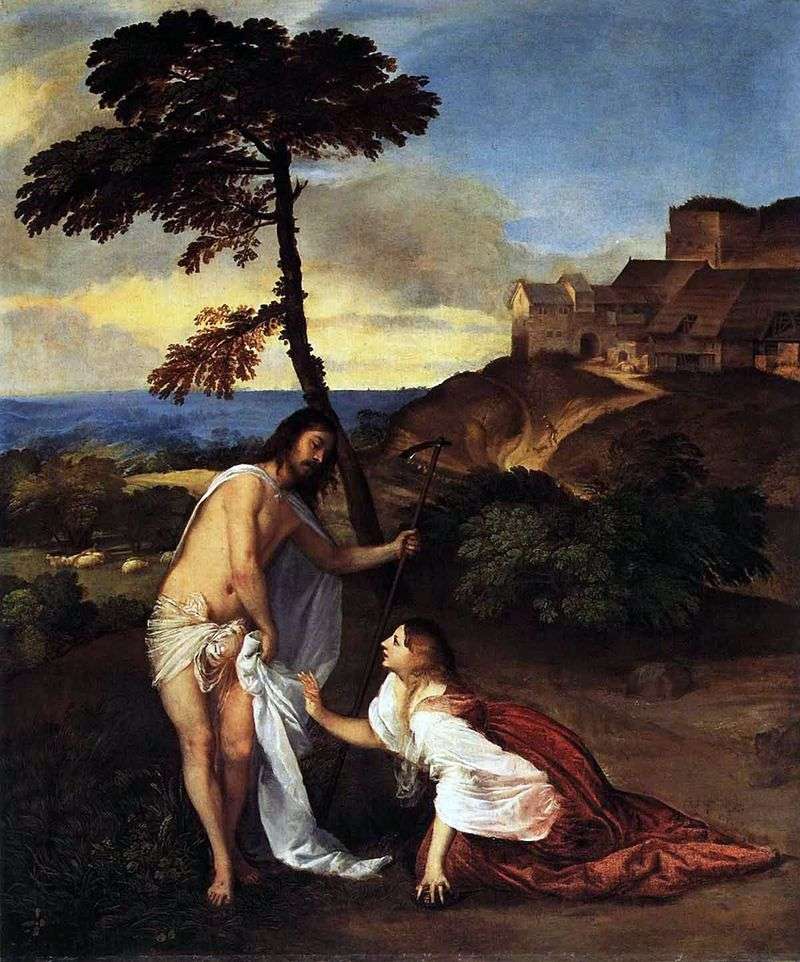
Vecellio Titian

According to K. Ridolfi, the picture was in the collection of the Muselli in Verona and was considered the work of Titian. In the second half of the XVII century,
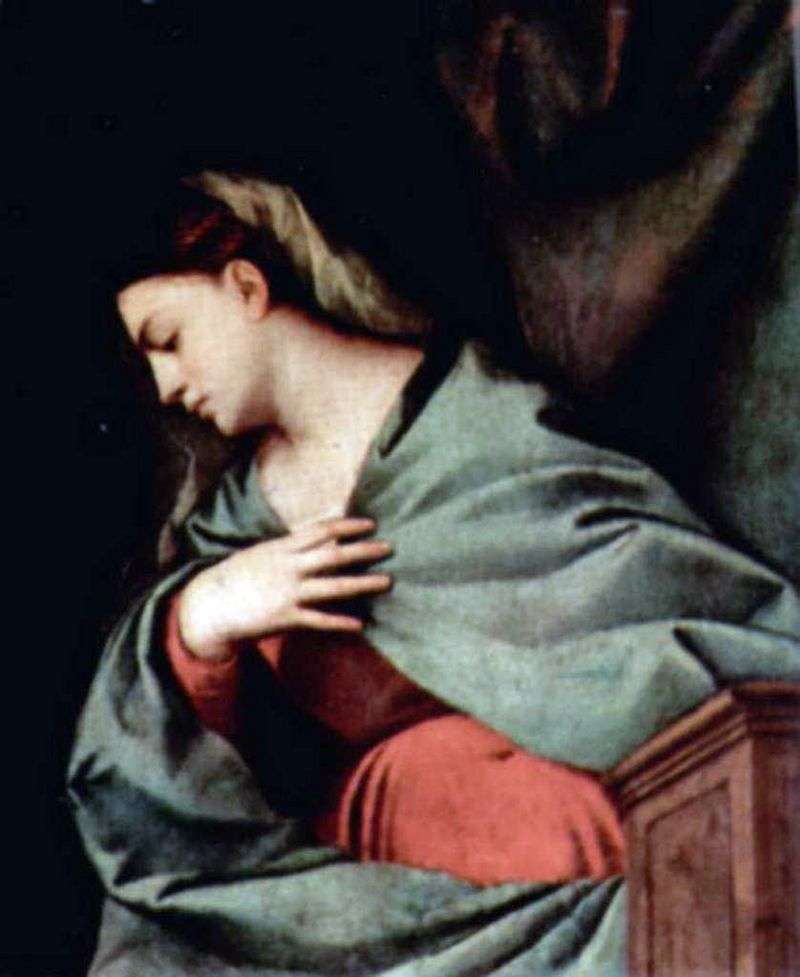
Polyptych, consisting of 5 parts: “Ascension of Christ” – 278X122; “Bishop Averoldo with Saints Nazarene and Celsius” and “St. Sebastian” – 169X65 each; “Archangel Gabriel” and “Virgin Mary” – 79X65
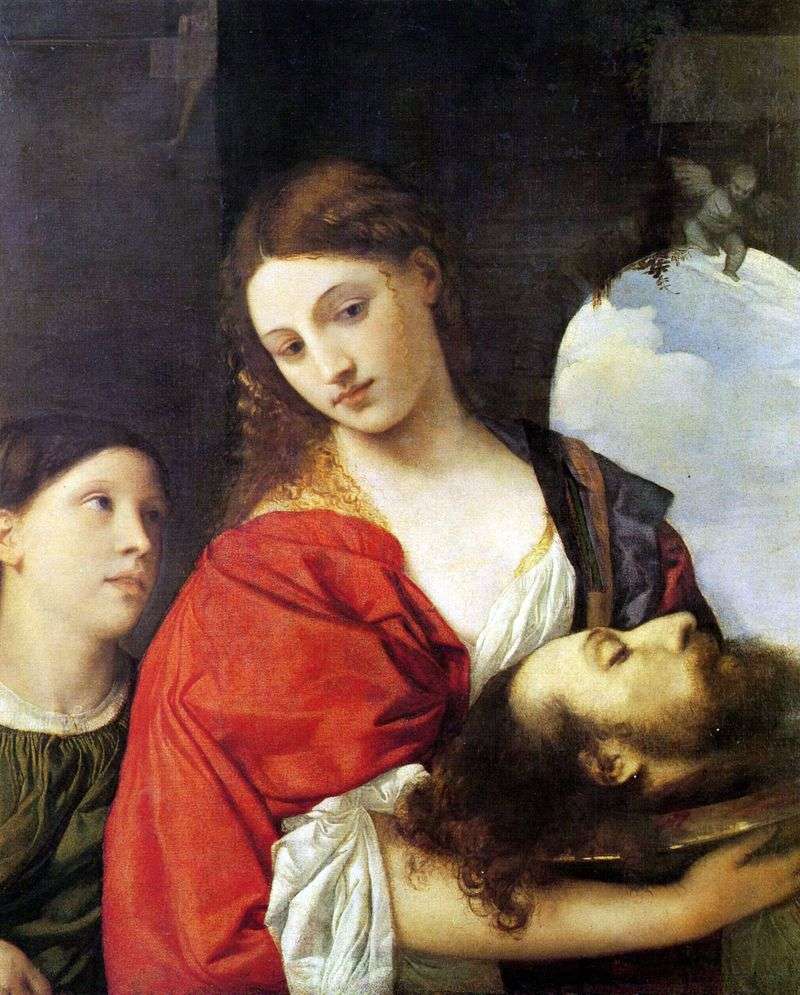
According to the biblical legend, Salome is a Jewish princess, the daughter of Herodias and the stepdaughter of King Herod. King Herod concluded the prophet John the Baptist in prison,
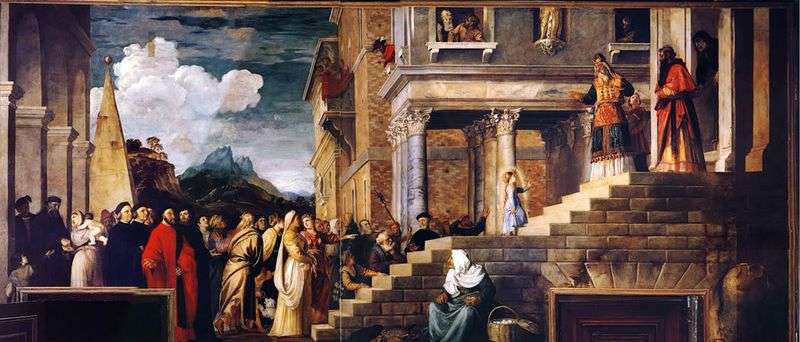
Painting by artist Tiziano Vecellio “Introduction to the Temple.” The size of the painting is 345 x 775 cm, canvas, oil. The composition “Introduction to the Temple” stands as if
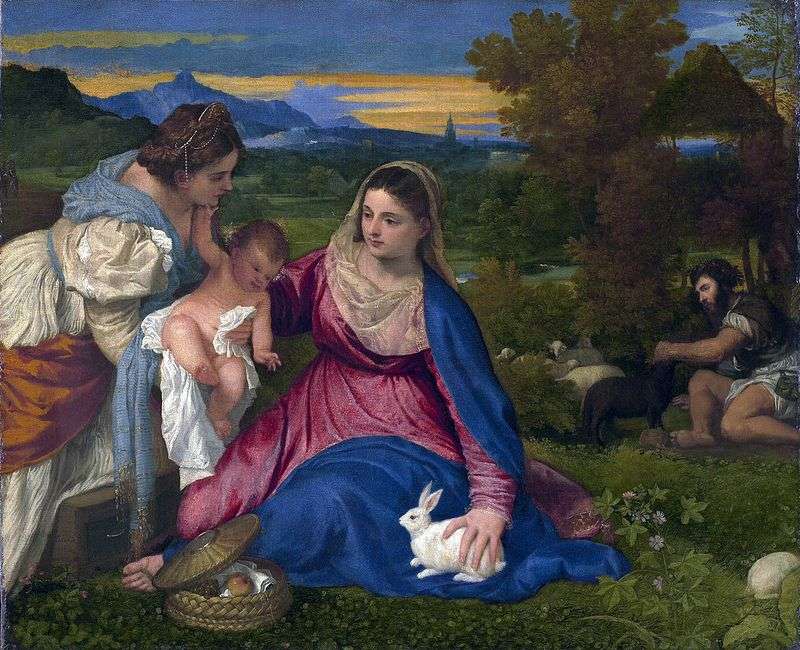
In 1529 Federico Gonzaga, the Duke of Mantua ordered three more works by Titian. At this time, Titian is at the zenith of fame. Many art historians note that this
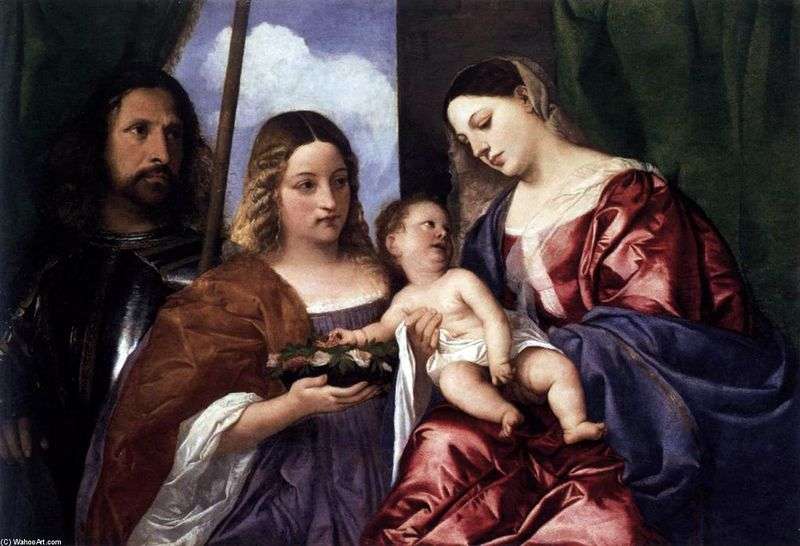
In a relaxed and confident painting, Titian brings the charm of the family hearth to the tried and tested Holy Scripture formula. The condescending smile of St. Dorothea is the
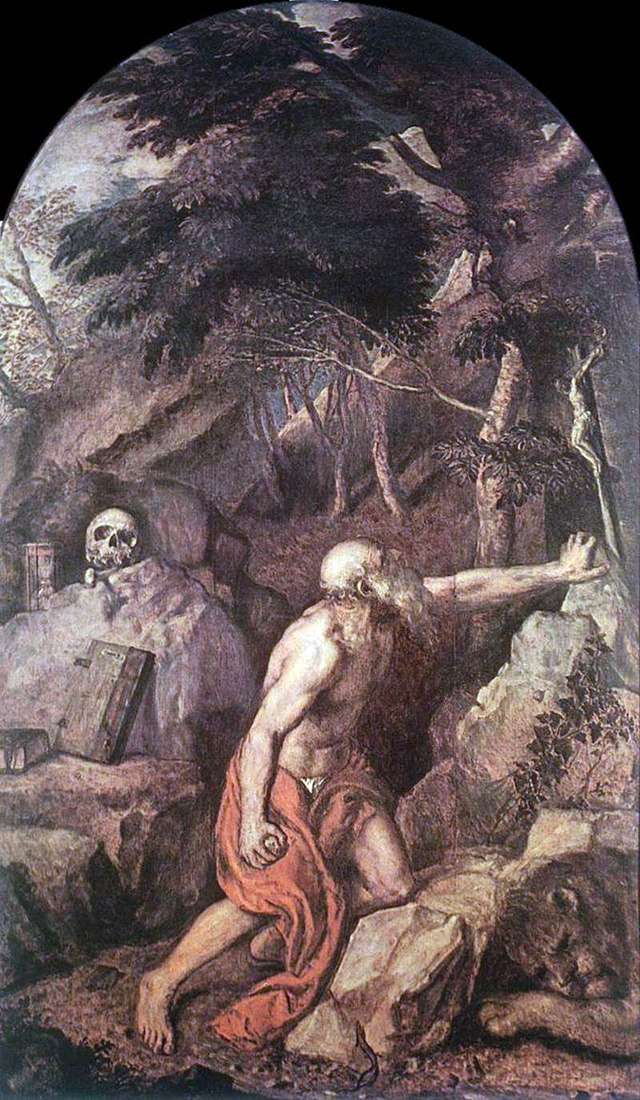
The rounded part of the panel is a later addition, as shown by copies such as in the Accademia di San Luca, Rome. Ridolfi mentions the painting as being in
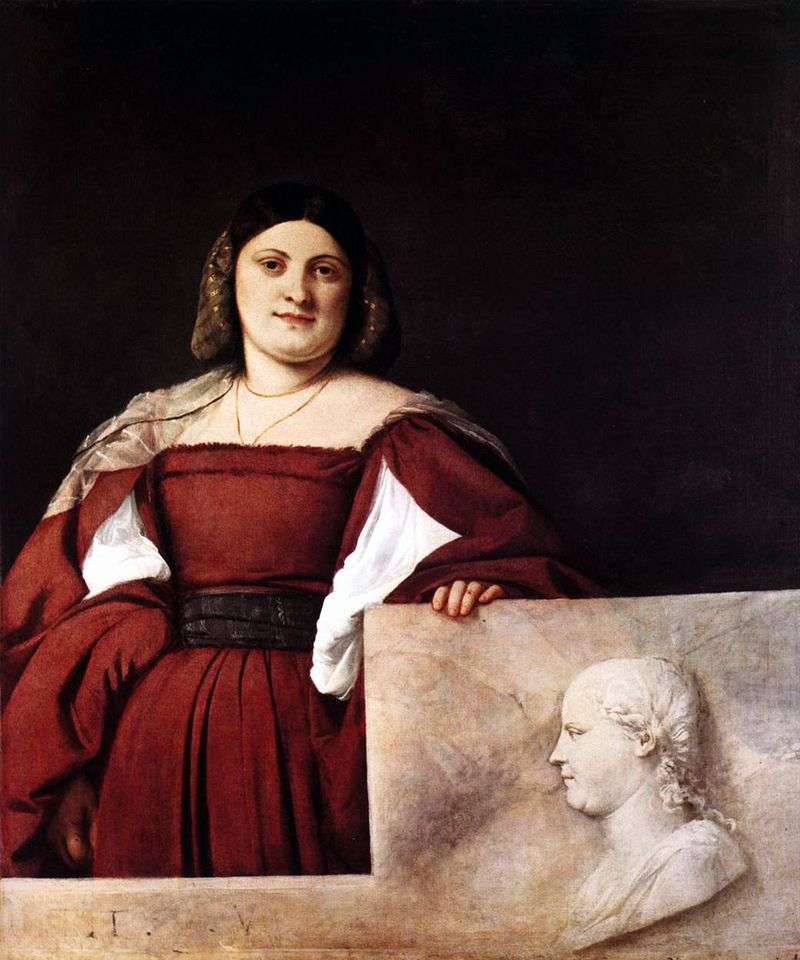
The name of the portrait of “Schiavone” is conditional. It comes from the Martinengo collection in Brescia, where it is mentioned in 1640. In 1900-1912 he was in the collection
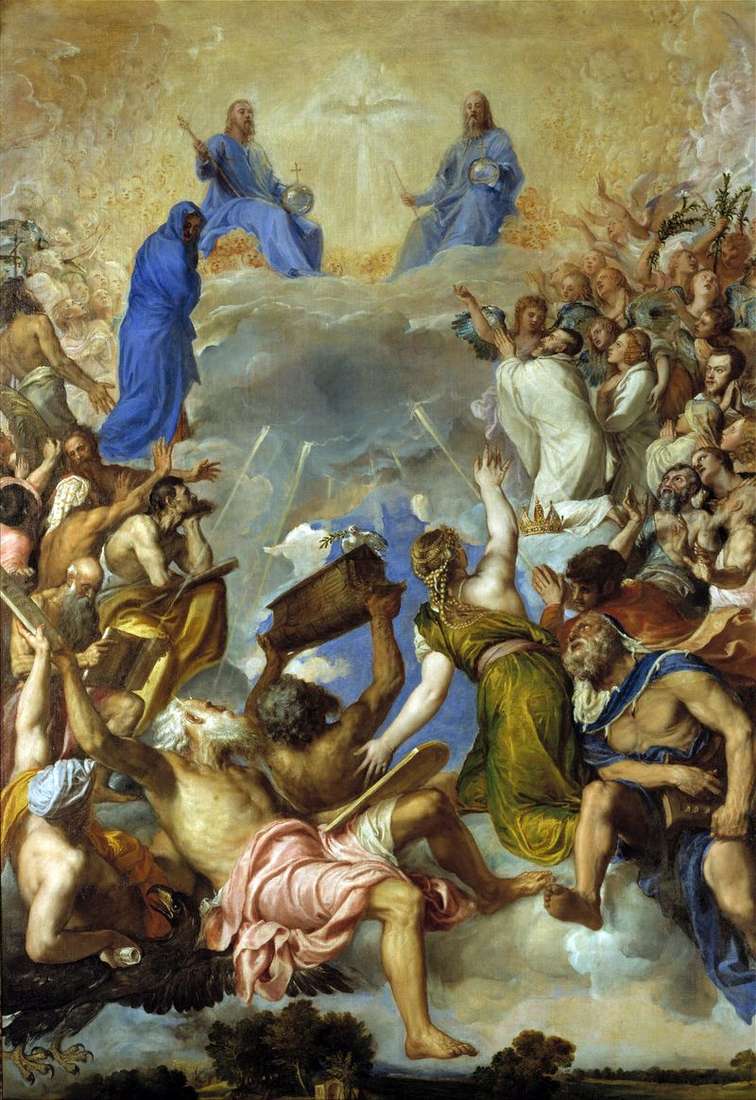
The Emperor Charles V described the painting in addition to his desire, in which he ordered that the main throne be adorned with a picture depicting the Last Judgment. She
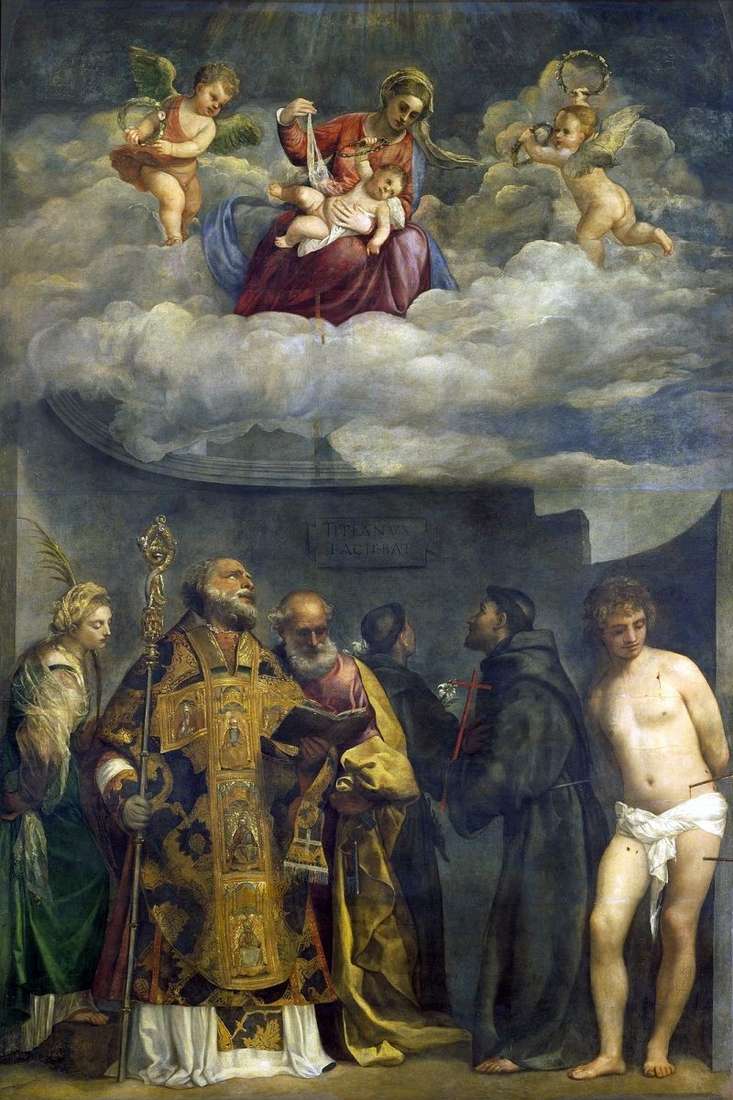
Created by Titian in the middle of life, when he became the first Venetian artist, this canvas is a model of his full-blooded, powerful, marked by the rich coloring of

Equestrian portrait of Emperor Charles V, perpetuating the victory of the imperial troops over the Protestants at Mühlberg. Behind the external simplicity of the composition lies a complex symbolism, representing

The painting entered the Hermitage between 1763 and 1774 years. In the second half of the XIX century was in the Gatchina Palace. Returned to the Hermitage in 1924. The
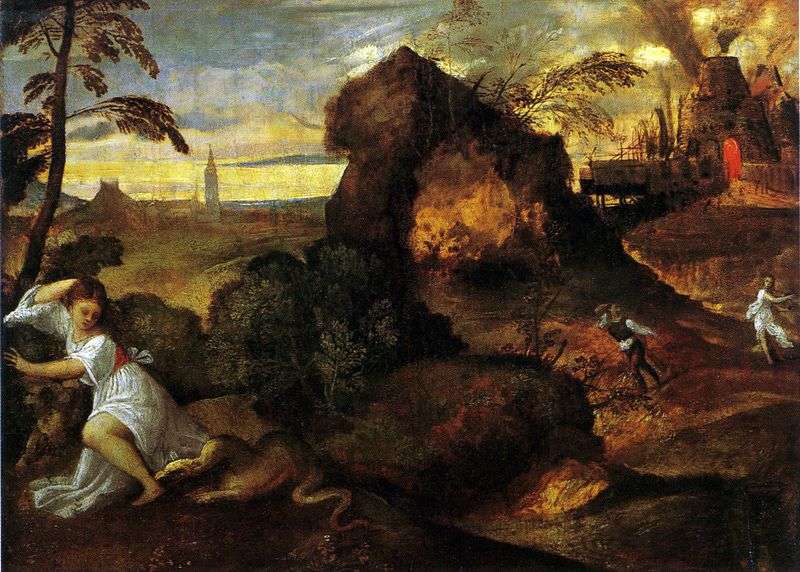
“The Death of Eurydice” is part of a group of small mythological compositions of a horizontal format, apparently designed to decorate wedding chests – a cassone. These compositions, performed by
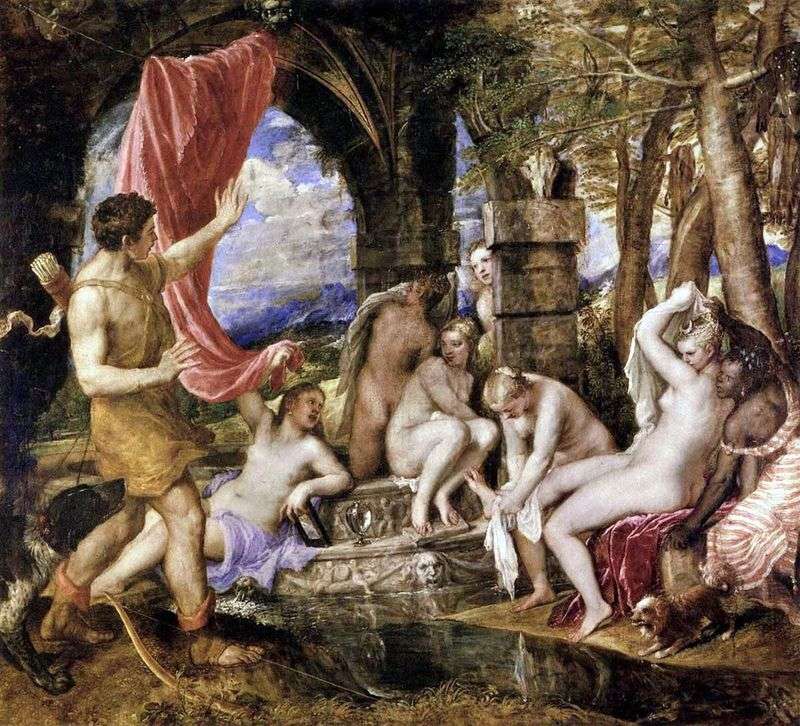
The picture, along with the paired to it and also the composition “Diana and Callisto” also in Edinburgh, is included in the cycle of “poetry” written by Titian for Philip

The great Venetian master of the Renaissance Titian was given as a child to the workshop of the Venetian mosaicist S. Dzukkato, later studied at J. Bellini, worked in the

Ippolito de ‘Medici is the illegitimate son of Giuliano de’ Medici, Duke of Nemours. In 1529, Pope Clement VII of the Medici made him a cardinal. According to Vasari, Ippolito
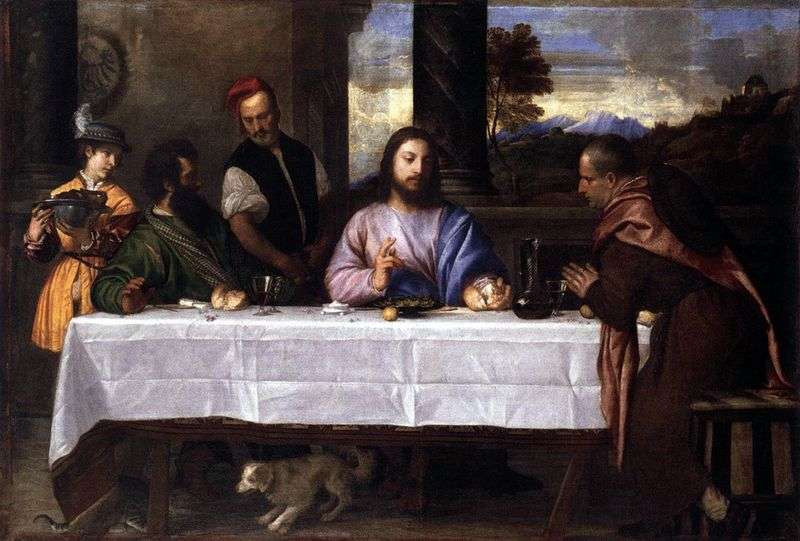
The first owners of the painting were the Maffei family from Verona, where Titian painted the altarpiece for the Cathedral. Indeed, Titian may have lent the bright orange-and-yellow costume of
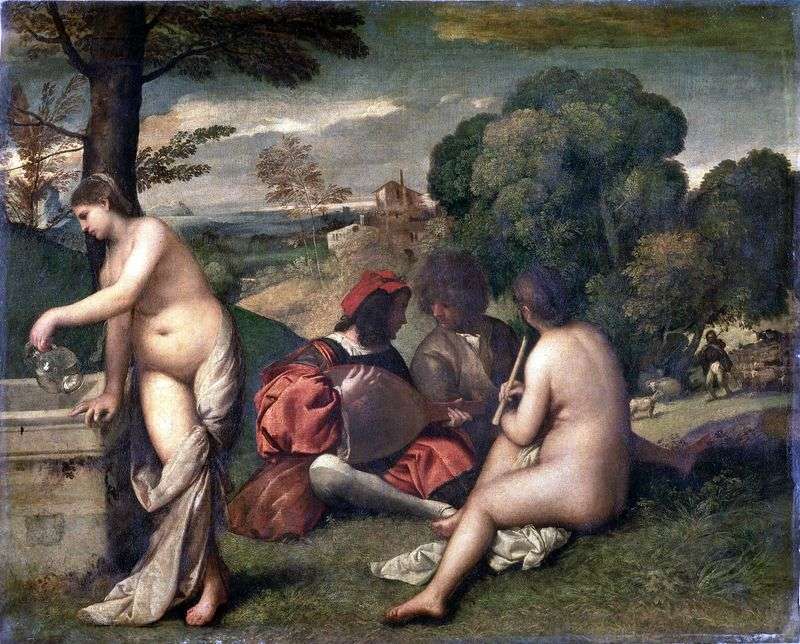
This work is one of the mysteries of European painting: despite its indisputable quality and epochal importance, opinions differ regarding its creator and the theme itself. It is an outstanding

Documents to accurately date the picture, not preserved. Enclosed in a frame of gray stone work of a prominent architect and sculptor Jacopo San-sovino. The explanation of the unusual signature
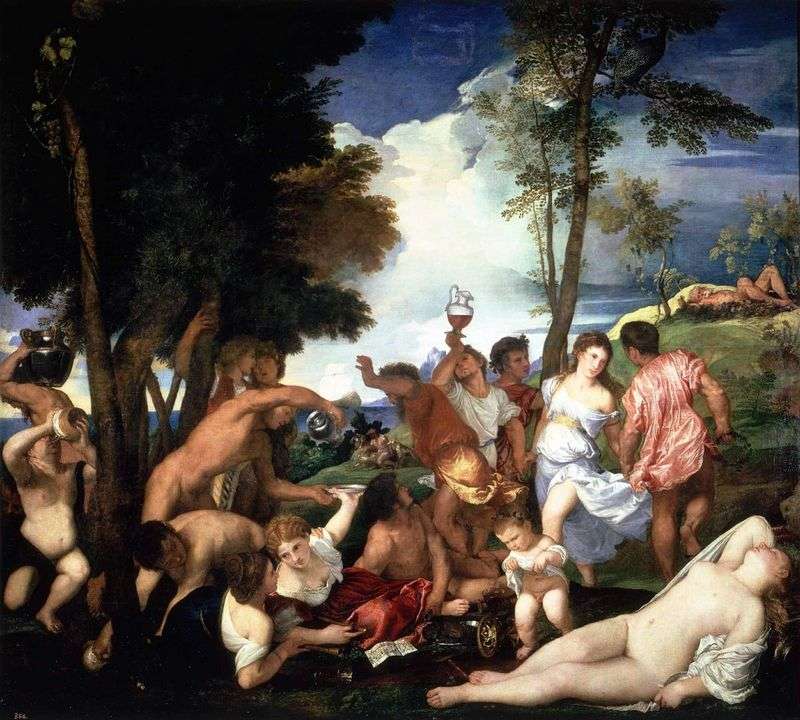
Titian lived and worked at a time when any manifestation of the human in man were considered passions, something that was only blameworthy. The ascetic way of life was erected
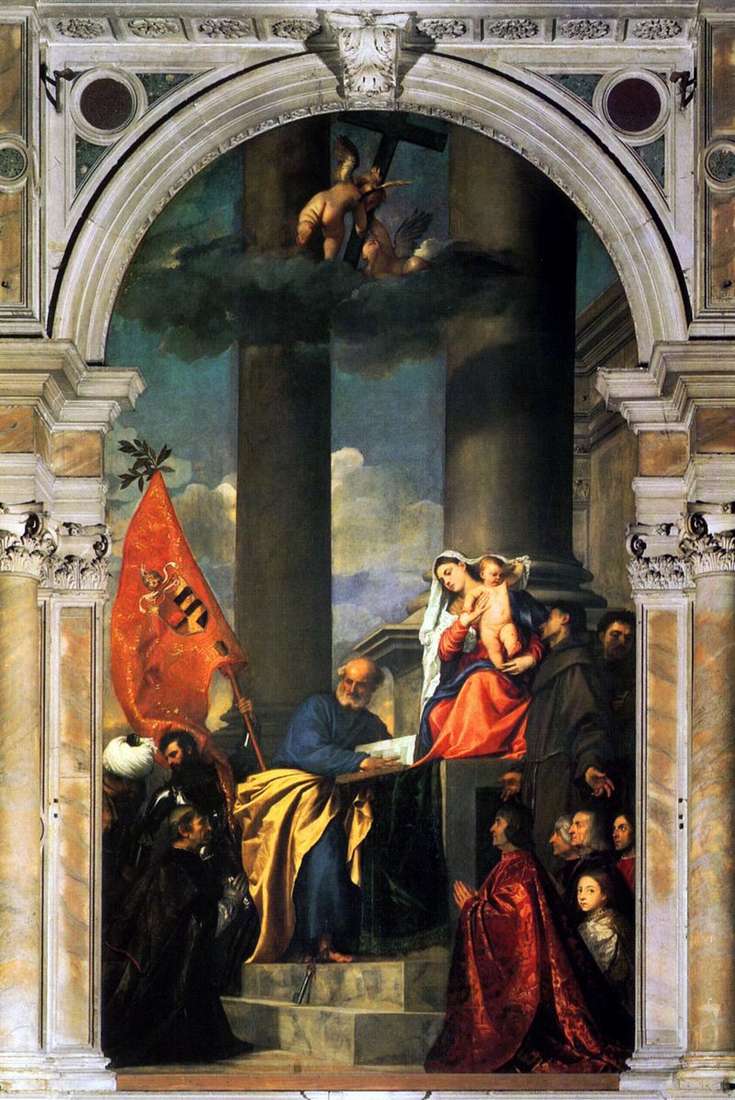
Painting by artist Tiziano Vecellio “The Madonna of the Pesaro family”. The size of the picture is 478 x 268 cm, canvas, oil. Clear and deep spirituality is felt in